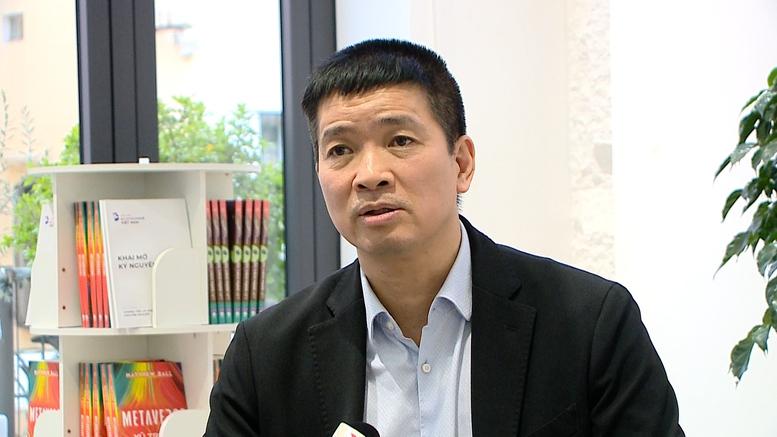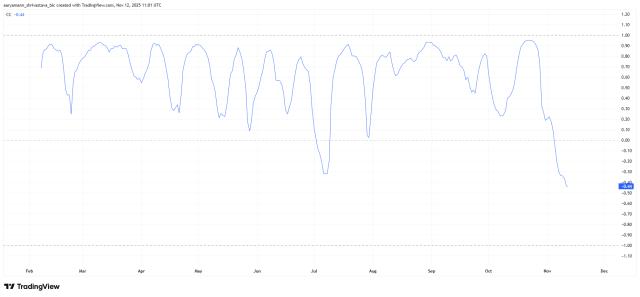At the seminar “Crypto Assets: From Gray Area to Pilot – Solutions to Ensure Transparency, Safety and Efficiency” on November 6, Mr. Phan Duc Trung – Chairman of the Vietnam Blockchain and Digital Assets Association – Chia that the capacity to analyze blockchain data in the country is still very limited. According to him, only about three Vietnamese enterprises possess enough technology and human resources to perform in-depth retrieval, and the cost for each analysis can be up to 50,000 USD , so it is usually only applied in large-scale cases.
Mr. Phan Duc Trung - Chairman of Vietnam Blockchain and Digital Asset Association
Blockchain-related financial crime is on the decline
Concerns about financial crime in the blockchain space have shown a clear decline globally, with international data showing that the proportion of transactions involving illegal activity has fallen from 0.4–0.5% to around 0.15% by 2024, despite a sharp increase in total volume , Trung said.
According to him, blockchain itself creates a public and uneditable transaction storage system, making it much easier to track and trace than traditional financial channels. This significantly supports banks and authorities when detecting money laundering or fraud.
He affirmed: if there is a suitable management mechanism, crypto assets do not increase risks , but on the contrary, contribute to increasing the transparency of cash flows.
20 million Vietnamese people have joined the crypto asset market
Vietnam is among the countries with the highest number of digital asset owners, estimated at about 20 million people . However, most of these assets are on international exchanges, not under the management of domestic authorities and have not created clear value for the economy.
Mr. Trung commented: once Vietnam builds a clear legal framework, crypto assets can completely become an additional Capital channel for the digital economy, standing alongside the traditional banking system and stock market. The foundation of this development is trust in the law, in technology and in market transparency .
Data infrastructure – the biggest bottleneck
A key issue today is that the capacity to track and analyze blockchain data is still too thin . With only three businesses capable of processing and costs up to tens of thousands of USD each time, Vietnam is having difficulty controlling issues related to digital assets on a large scale.
Mr. Trung cited the model of China – which has built 100 centralized data points to save costs and ensure strict management. According to him, no matter how much technology develops, the three fundamental factors remain: storage – transmission – legal .
He also mentioned international models:
China XEM digital assets part of its national economic strategy since 2019 and allowed experiments in innovation zones.
Singapore deploys “sandbox” for businesses to test new models under risk control.
The European Union and Thailand have enacted legal frameworks such as MiCA , which considers crypto-assets as a pillar of the digital economy.
According to Mr. Trung, instead of avoiding, many countries have chosen to manage based on knowledge to promote development – a direction that Vietnam should approach.
Vietnam's legal framework is progressing rapidly.
Resolution 05/2025 of the Government marks the first time that crypto assets have been identified and allowed to be piloted within an official legal framework. Mr. Trung said that this is an important step, demonstrating the Government's initiative in leading the digital economy while still ensuring safety for the system as well as investors.
He believes that if the current pace is maintained, Vietnam can complete an internationally compatible legal framework in just the next 2-3 years , creating a foundation to protect users and promote innovation in the field of digital assets.







